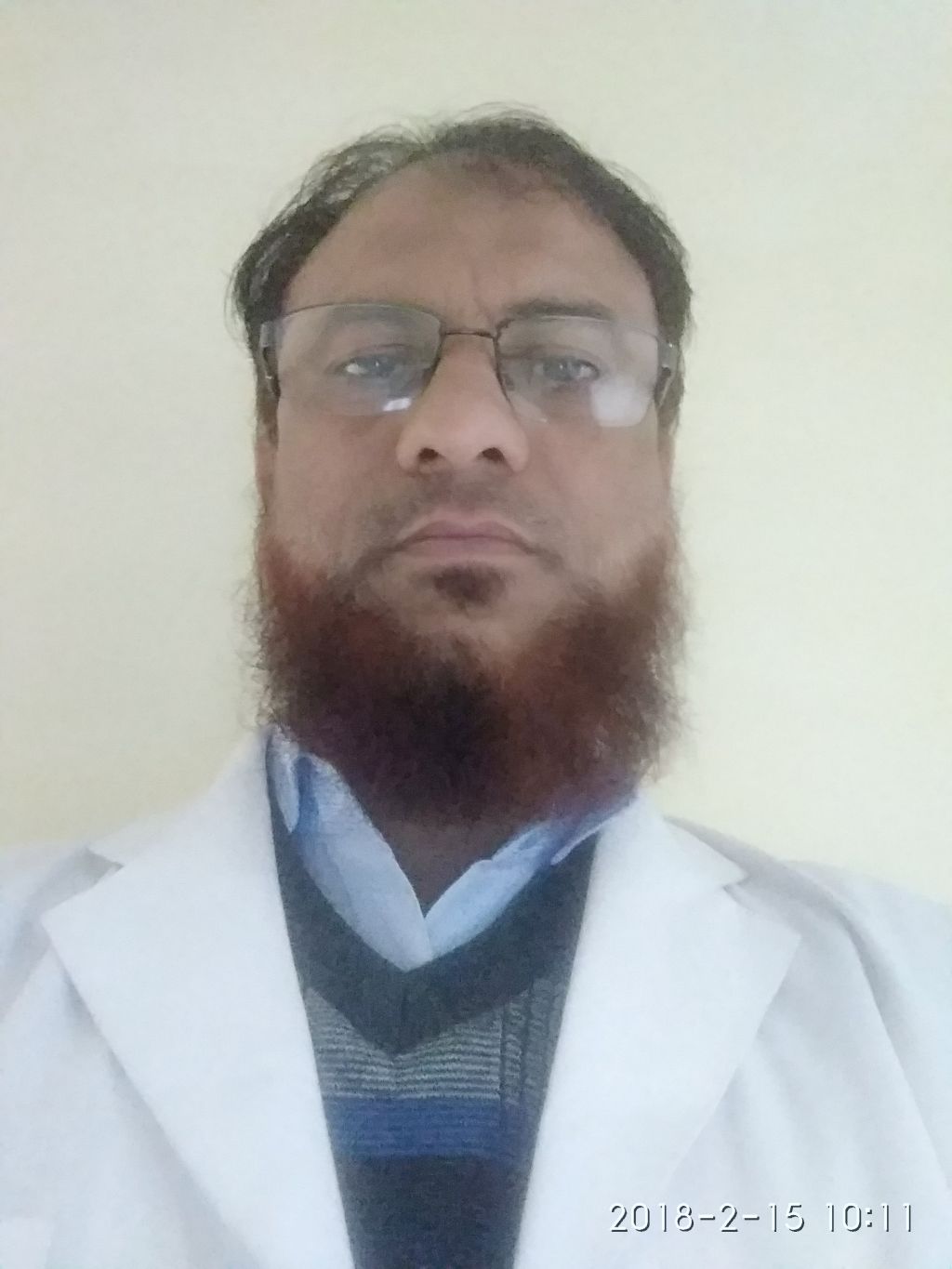Scientific Program

Afroz Alam Ansari
K.G. Medical University, India
Title: Salivary Chromogranin- Should it be considered a stress biomarker in paediatric dental patients?
Biography:
Afroz Alam Ansari is presently working as professor department of Pediatric and Preventive Dentistry, Faculty of Dental Sciences, KG Medical University, Lucknow, India. He has more than 22 scientific papers/articles published in national and international journals. He has attended various national and international conferences and presented. Scientific papers in these conferences.
Abstract
Objective: This purpose of the study was to evaluate the effectiveness of salivary chromogranin A as salivary stress biomarker in paediatric dental patients.
Materials and Methods: A total of twenty-three patients attending the department for various dental treatments were included in the study. Out of total 23 patients, 13 (56.5%) were males and 10 (43.5%) were females. Children who needed multiple treatments and visits were included. Statistical analyses utilized were Student’t’ test, Analysis of Variance and Spearman's rank correlation coefficient.
Results: On both first and second visits, the mean value of pre-treatment CgA was found to 491.53 ± 332.67 (pg/ml) & 568.96 ± 373.42 (pg/ml) respectively, which were slightly more than the mean value of post-treatment CgA, that were only 450.56 ± 413.60 (pg/ml) & 461.86 ± 388.00 (pg/ml) respectively. The difference between these two values was not statistically significant at both first (p=0.485) and second (p=0.205) visits. A significant high positive correlation (rho = 0.428, p = 0.041) & (rho = 0.551, p = 0.006) was seen between the pre & post treatment values of CgA at first and second visits respectively. Hence, it was concluded that CgA can be used as a salivary stress biomarker in paediatric patients.
Discussion: Gender wise, no significant differences were seen in total Children Fear Survey Schedule-Dental Subscale scores in the present study. It was, therefore, concluded that the psychological development gradually matures their ability to relate things with the previous exposure or with the other similar unpleasant experiences as age increases.
- Oral and Dental Health
- Oral Medicine
- Periodontics and Oral Hygiene
- Oral Microbiology
- Oral Oncology
- Cosmetic Dentistry
- Oral Cancer
- Oral Problems
- Dental Hygiene
- Oral and Maxillofacial Surgery
- Dental Implant Surgery

